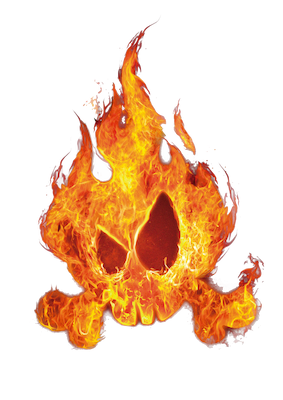Behind the Mask: The Psychology of Fear in Halloween Masks
Halloween masks hold a unique power during the spooky season, transcending mere costume accessories to become potent instruments that tap into our deepest fears. These masks are not just about concealing identities; they are portals to a realm where imagination and terror converge. Understanding the psychology behind fear in Halloween masks unveils a fascinating journey into the human psyche and the art of eliciting spine-chilling thrills.
The Intriguing Appeal of Halloween Masks
At the heart of the allure of Halloween masks lies their ability to transform wearers into manifestations of fear itself. Unlike everyday disguises, these masks allow individuals to embody their darkest fantasies and deepest fears. Whether adorned with grotesque features, supernatural elements, or eerie expressions, Halloween masks create a visceral connection with our primal instincts, invoking fear and fascination in equal measure.
Uncanny Valley: The Fine Line Between Familiarity and Fright
One of the key psychological phenomena at play in Halloween masks is the concept of the uncanny valley. This theory suggests that as objects—such as masks—resemble human features more closely but not perfectly, they evoke a sense of unease and discomfort. Halloween masks often exaggerate facial features or distort human anatomy, intentionally unsettling observers by straddling the line between familiarity and the unknown. This ambiguity fuels the masks’ ability to provoke profound emotional responses, making them effective tools for evoking fear.
Cultural Symbolism: From Tradition to Terror
Beyond their aesthetic appeal, Halloween masks are steeped in cultural symbolism. Many masks draw inspiration from mythological creatures, folklore, and ritualistic practices spanning centuries. These cultural references imbue the masks with layers of meaning and archetypal significance, resonating with individuals on a subconscious level. By tapping into universal fears and cultural taboos, these masks transcend their decorative purpose to become conduits for narratives of fear and superstition.
Conditioning Fear: From Childhood Tales to Terrifying Encounters
The psychology of fear in Halloween masks is also influenced by conditioning—both societal and personal. From childhood tales of monsters hiding under the bed to cinematic portrayals of supernatural entities, individuals are exposed to narratives that shape their perceptions of fear. Halloween masks often serve as tangible representations of these fears, triggering emotional responses rooted in memory and imagination. Over time, repeated exposure to frightening imagery associated with masks can reinforce these conditioned responses, intensifying their impact during Halloween festivities.
Individual Differences: Perception and Response
Understanding the psychology behind fear in Halloween masks also reveals the variability in individual responses. Factors such as personal experiences, cultural background, and even genetic predispositions contribute to how individuals perceive and react to different types of masks. What may induce terror in one person might elicit curiosity or amusement in another, highlighting the subjective nature of fear and the diversity of human emotional responses.
Embrace the Fear: Explore Ghoulish’s Collection
Dive into the world of Halloween masks and explore a diverse array of designs at Ghoulish. Whether you seek to terrify or transform, our collection offers something to suit every Halloween fantasy. Visit Ghoulish today and discover the power of fear in its most captivating form.


